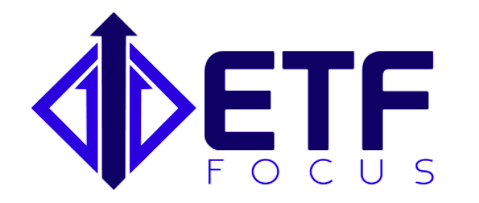Despite valuations that continue stretch above historical norms, the consumer discretionary sector rode an improved economic environment to become the second best performer in the first quarter. The 8.4% return of the Consumer Discretionary Select Sector SPDR ETF (XLY) easily bested the 5.9% return of the S&P 500 and trailed on the technology sector’s 10.7% return during the quarter. It was a strong performance from an area of the market that looks like it has the ingredients in place to continue its rally into the coming quarter.
Consumer discretionary stocks tend to do best in environments when people feel they have the money to buy things they don’t necessarily need. It’s characterized by growing personal incomes, low unemployment and high consumer confidence. According to the latest data, that’s, for the most part, the type of economic backdrop we’re experiencing right now.
The commonly used unemployment rate currently sits at 4.7%. The U-6 unemployment rate, which essentially counts anyone working less than full time as unemployed, is 9.2%, a level similar to where the job market sat before the financial crisis. Those numbers in a vacuum suggest we’re at full employment. Some will argue that the level of underemployment is too high or that labor force participation, which has been declining for the last 15 years, is still too low, but the overall picture painted by the BLS argues that the nation’s job market is in good shape and most workers have good enough jobs to support increased consumer spending.
The other main factor supporting discretionary stocks? Consumer confidence is booming. The two most popular measures, from the University of Michigan and the Conference Board, both just hit levels not seen in roughly 15 years. The Conference Board’s report also said that the percent of consumers stating that jobs are “plentiful” rose to over 31%, a 16-year high. Consumer confidence is an opinion survey not necessarily backed by actual data but indicates the degree of optimism in the current economy. Consumers confident in their jobs and financial situation tend to be more willing to open up their wallets.
What could potentially derail the momentum of consumer discretionary companies? Wage growth is still relatively weak. At full employment, workers generally have the leverage to demand higher salaries. That hasn’t really been the case in this recovery. While workers may have jobs, their real average weekly earnings growth (earnings growth adjusted for inflation) is flatlining. Consumers may be hesitant to increase spending without a corresponding rise in income, especially if inflation begins picking up.
The Fed, as usual, will play a large role in where the economy goes from here. The latest Dot Plot indicates that the Fed is anticipating further rate hikes in 2017. There’s already some concern that if the Fed begins raising rates too quickly in a low wage growth environment, the economy could get pushed back into a recession.
The fund’s solid first quarter was fueled by gains from top ten holdings Amazon (AMZN), up 18%, Priceline (PCLN), up 21%, and Lowe’s (LOW), up 16%. The expense ratio is 0.14%.
The Consumer Discretionary Select Sector SPDR ETF is the biggest fund in the sector. Other options include the Vanguard Consumer Discretionary ETF (VCR), the Fidelity MSCI Consumer Discretionary Index ETF (FDIS) and the iShares U.S. Consumer Services ETF (IYC).
If you enjoyed reading this article, please be sure to share it below and subscribe to the site so that you don't miss any updates or new stuff! As always, thank you for taking the time to read!

